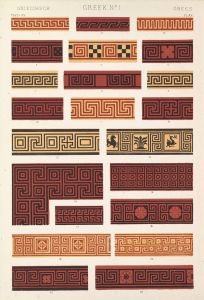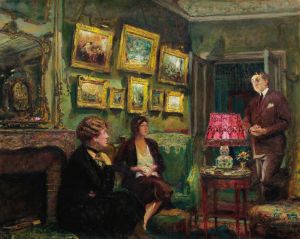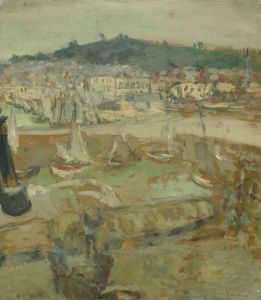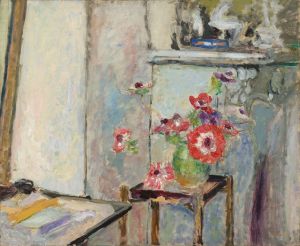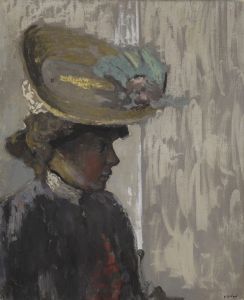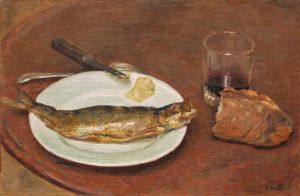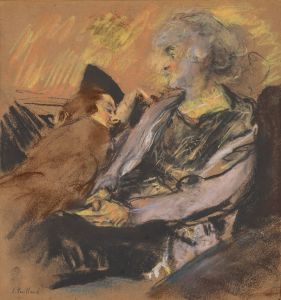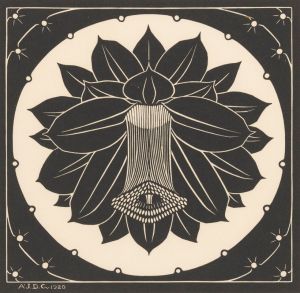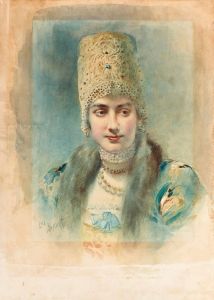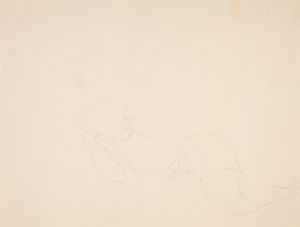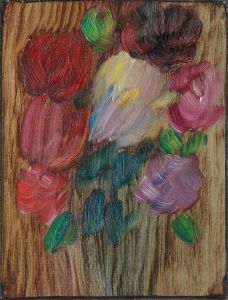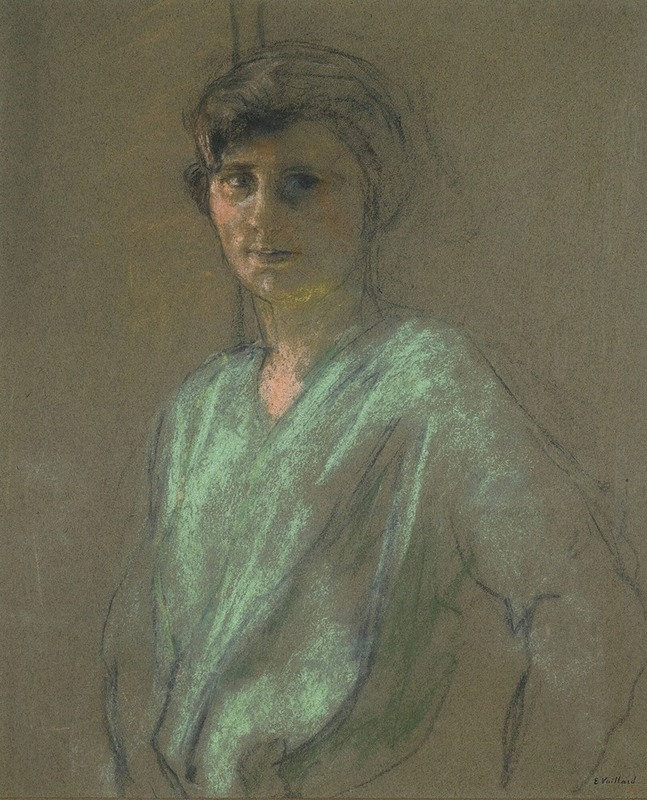
Portrait D’Irène Montanet
A hand-painted replica of Édouard Vuillard’s masterpiece Portrait D’Irène Montanet, meticulously crafted by professional artists to capture the true essence of the original. Each piece is created with museum-quality canvas and rare mineral pigments, carefully painted by experienced artists with delicate brushstrokes and rich, layered colors to perfectly recreate the texture of the original artwork. Unlike machine-printed reproductions, this hand-painted version brings the painting to life, infused with the artist’s emotions and skill in every stroke. Whether for personal collection or home decoration, it instantly elevates the artistic atmosphere of any space.
Édouard Vuillard, a prominent French painter associated with the Nabi movement, created the painting "Portrait d’Irène Montanet." Vuillard was known for his intimate domestic interiors and portraits, often characterized by their rich patterns and textures. His work frequently explored the interplay between figures and their environments, a hallmark of his style that is evident in this portrait.
The subject of the painting, Irène Montanet, is depicted with a sense of immediacy and presence that is typical of Vuillard's portraiture. Vuillard had a unique ability to capture the essence of his subjects, often portraying them in familiar, personal settings that reveal aspects of their character and social milieu. While specific details about Irène Montanet herself are scarce, Vuillard's choice to paint her suggests she was a person of some significance or personal connection to the artist.
Vuillard's technique in "Portrait d’Irène Montanet" reflects his broader artistic approach. He often employed a muted color palette, with subtle gradations and a focus on the harmony between colors and patterns. This approach can be seen in the way he integrates the figure of Irène Montanet with her surroundings, creating a cohesive composition that blurs the line between the subject and the background. Vuillard's brushwork is typically loose and expressive, contributing to the overall sense of intimacy and immediacy in his portraits.
The painting is likely to have been created during Vuillard's mature period, when he was deeply involved with the Nabi group. The Nabis were a group of avant-garde artists in the late 19th century who sought to break away from the traditional approaches to painting, emphasizing the importance of color and symbolism. Vuillard, along with other members of the group, was influenced by the work of Paul Gauguin and Japanese prints, which is reflected in his use of flat planes of color and decorative elements.
Vuillard's portraits, including "Portrait d’Irène Montanet," are often noted for their psychological depth. He had a keen ability to convey the inner life of his subjects, capturing subtle expressions and gestures that suggest their thoughts and emotions. This psychological insight is a key aspect of Vuillard's work, distinguishing his portraits from those of his contemporaries.
The painting is part of Vuillard's broader oeuvre, which includes numerous portraits, interior scenes, and landscapes. His work is held in high regard and is featured in major museum collections around the world. Vuillard's contribution to the development of modern art is significant, as he helped to bridge the gap between the Impressionist movement and the more abstract tendencies of the early 20th century.
In summary, "Portrait d’Irène Montanet" exemplifies Édouard Vuillard's distinctive style and his ability to capture the essence of his subjects within their environments. Through his use of color, pattern, and composition, Vuillard creates a portrait that is both intimate and revealing, offering insight into the character of Irène Montanet and the artistic vision of one of the leading figures of the Nabi movement.





